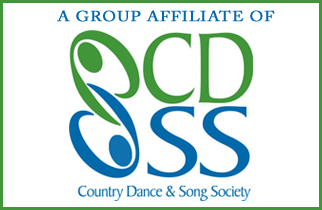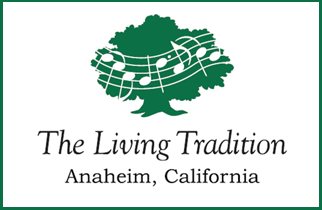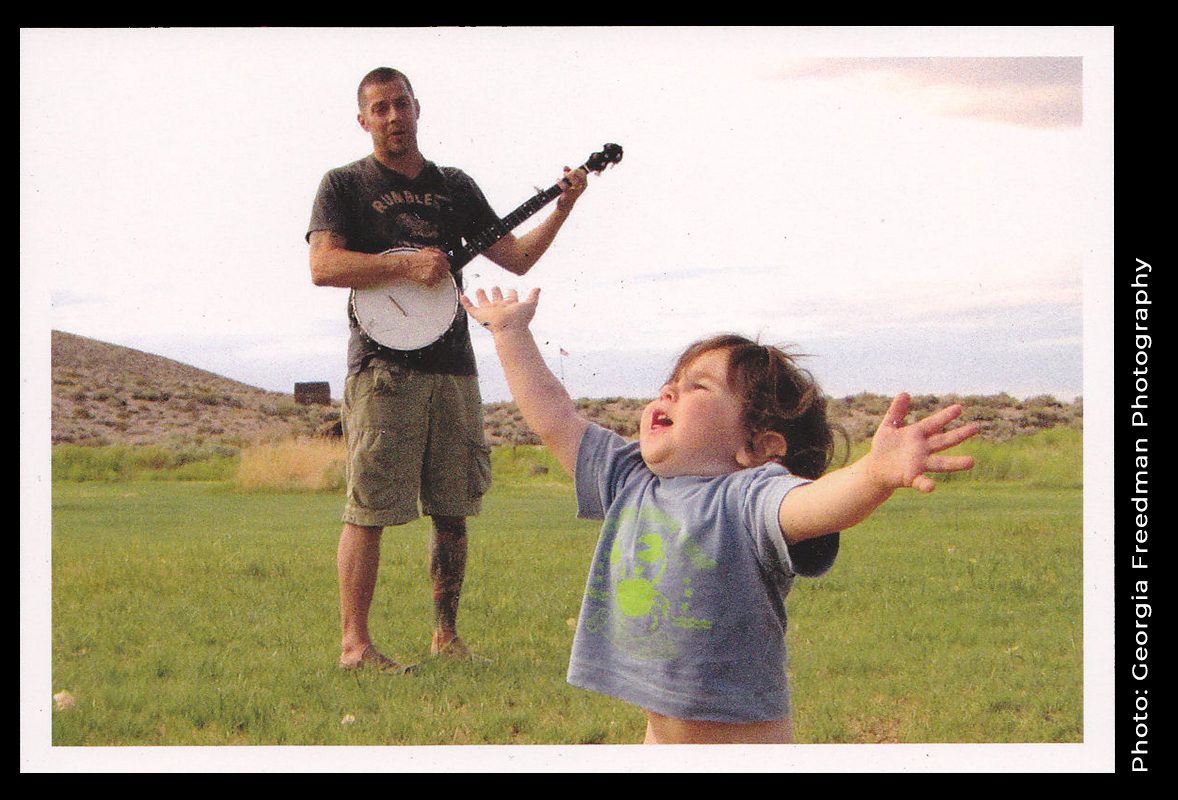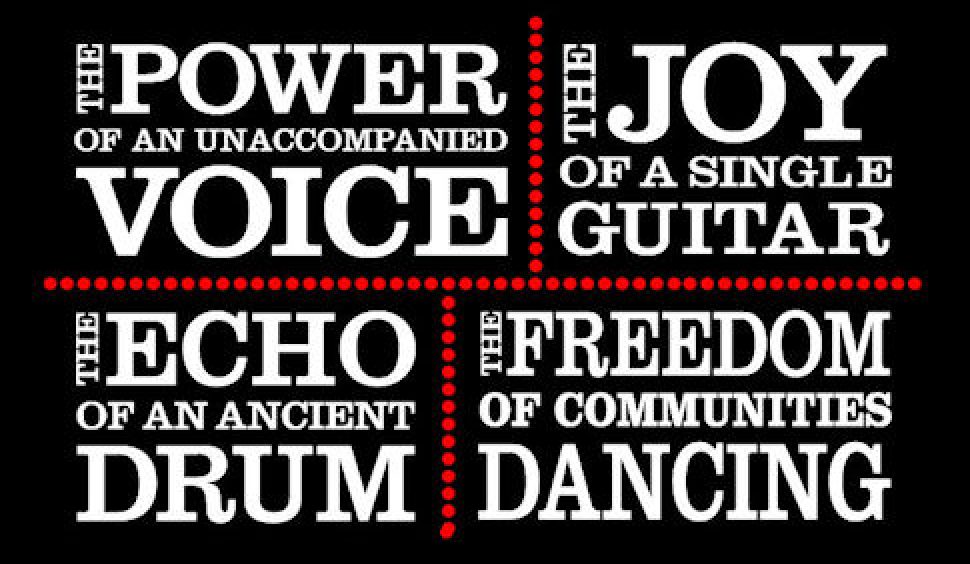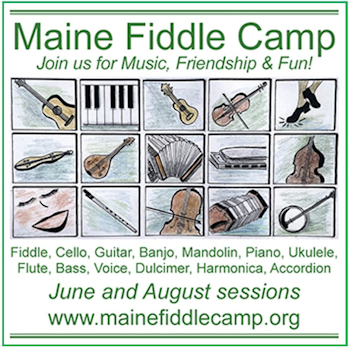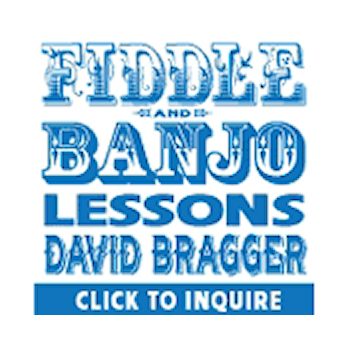Ramblin’ Jack Elliott Turns 90
Ramblin’ Jack Elliott Turns 90 on August 1, 2021
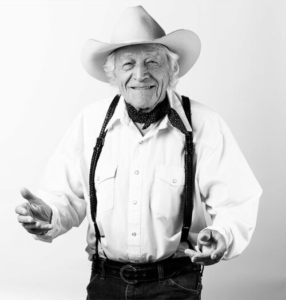 Just say the words. Tell the story. Play a little bit of guitar.~ Ramblin’ Jack Elliott.
Just say the words. Tell the story. Play a little bit of guitar.~ Ramblin’ Jack Elliott.
Rabbi or rebel—troubadour or troublemaker ~ Ramblin’ Jack Elliott has been all these things over the course of his 90 years in the saddle of American folk music.
What makes this night different from all other nights? On all other nights we eat leavened bread; on this night we eat matzo—unleavened bread—which ancient Jews had to make in a hurry when they crossed the Red Sea into the Promised Land to escape the Pharaoh and the army chasing them. That’s the kind of bread and music Ramblin’ Jack has been serving up for 65 years—just the basics—flour and water—unplugged guitar and vocals—baked to perfection in the natural sunlight of a great artistic sensibility.
Ramblin’ Jack Elliott–the Last of the Brooklyn Cowboys—turns 90 years old August 1, 2021—and he’s still on tour. He’ll roll through town later this year and like a good rabbi he’ll ask the Four Questions:
What happened the night of December 24 in Calumet, Michigan in 1913? The 1913 Massacre according to Woody Guthrie, that’s what happened children.
It’s the best performance of Ramblin’ Jack’s career; a song he has come back to in virtually every live show I have seen throughout the decades, and which has grown in his interpretation through time. And as you may have noticed, no one sings along with Ramblin’ Jack; it’s impossible—his phrasing is so unpredictable, so nuanced, and so expressive no one would dare. You listen to Ramblin’ Jack—if you’re lucky enough to catch one of his increasingly rare public performances.
That’s 60% of my case right there—the other 40% being that Bob stole the tune for his own tribute to Woody. He didn’t steal This Land Is Your Land, or Pastures of Plenty, or I Ain’t Got No Home (the tune that I stole for my tribute Walking By Woody’s Side—with a nice Pete Seeger sing along chorus eschewed by Woody, Jack and Bob).
So there you have it my friends—the defining feature of every Folk Club you have ever been to—group singing—was sedulously ignored by the royal succession of America’s three greatest folk singers: Woody Guthrie, Ramblin’ Jack Elliott, and Bob Dylan.
Why, by our lights, Woody’s 1913 Massacre is barely a song—it’s more of a dramatic monologue—it’s a story, and no one tells a story better than Woody Guthrie.
Still Ramblin’ Jack—90 years old, and he’s still Ramblin’ Jack. The man who rewrote Aristotle’s classic definition of a story—a narrative that has a beginning, a middle and an end. Jack’s stories have a beginning, and a middle, but they don’t have an end. They ramble on and on, like a mountain brook.
How Ramblin’ Jack Got His Name
The house was full it was 8:05
At a folk club in London’s West End
When a little guy in a cowboy hat
And a great big grin wanders in
“Howdy Jim” he goes up to the owner
Says “I just dropped by to say ‘Hello’”
“Gee, I’m glad you did Jack” the owner replied,
“’Cause you’re just in time for your show”
Chorus: That was Rambln’ Jack, that was Ramblin’ Jack
If you blinked you might have missed him this time
But don’t you worry ‘cause he’ll be back
Like the snow man in winter, like the peaches in the summer
Like the cowboy who’s spent his last dime.
He was born Elliott Adnopoz
To a nice Jewish family from Brooklyn
His mother had hopes he would follow in his father’s
Footsteps and become a physician
She was sitting one night in the Gaslight with friends
While Jack up on stage tuned his strings
“Just look at those fingers” she whispered to them
“Such a surgeon he could have been.”
(Ch)
He came by to visit Odetta one time
But the lady was taking her bath
So he entertained her mother instead
For just a few minutes that turned into a hour and a half
He told her of the trucks and the ships that he loved
And sang her some songs in between
And when he left she said “Honey, that boy
Was the ramblingest boy I have ever seen!”
(Ch)
So if you see someone finish his show in the middle
Of a song that never quite ends
Then zigzag his way down the aisle to say
“Hello” to some long lost or new found friends
Who holds his guitar like a lovely old woman
And smiles like the Cheshire Cat
Then fades away in the night like a ghost
You won’t have to ask, “Who was that?”
“Cause that was Ramblin’ Jack…”
A cowboy who sings real cowboy songs—not the cardboard cookie cutter silver screen substitutes so popular at “cowboy” festivals these days; a folk singer who sings real folk songs—not their own “original” singer-songwriter pale imitations so popular at “folk” festivals these days; a raconteur who tells amazing epic tales of rambling round your cities and towns for the past fifty years with the likes of Woody Guthrie, Lead Belly and Billy Faier, a master acoustic guitarist who headlines New Orleans Jazz festivals—not some three-chord wonder who thinks “good enough for folk music” and a Baggs pickup will conceal the fact that they never venture above the third fret; a living legend who received America’s highest award for artistic achievement, the National Gold Medal for the Arts, the missing link between Woody Guthrie and Bob Dylan, and the subject of a feature-length documentary that tells his still-unfinished life story from sea to shining sea and across the Atlantic ocean to London—The Ballad of Ramblin’ Jack—that’s who headlined the Santa Clarita Cowboy Festival April 22nd last time around—Ramblin’ Jack Elliott, Last of the Brooklyn Cowboys. If there is one concert you don’t want to miss this year, this is it. The man will be 90 years old and he is still on the road. It’s time to take a look back.
Like America’s greatest 20th Century poet, Robert Frost, Jack Elliott had to go to England to be discovered and appreciated in his own country. That’s where he recorded his early English label Topic Records albums of cowboy, Woody Guthrie and Jimmie Rodgers songs—back in 1952 when no one knew who Woody Guthrie, the Dust Bowl Balladeer, was and had forgotten who Jimmie Rodgers—the original Singing Brakeman—was. Woody famously said “Jack sounds more like me than I do,” and it was Jack Elliott who taught Bob Dylan to sound like Woody Guthrie—since when Dylan met Guthrie in the Brooklyn State Hospital in 1961 Woody was dying of Huntington’s disease and no longer able to sing. When Dylan was becoming known in Greenwich Village coffeehouses that winter he was imitating Jack Elliott, not Woody Guthrie. If you can find one of those original recordings of Jack on Topic Records hang on to it for dear life—it is an irreplaceable piece of Americana the likes of a first edition of Edgar Allan Poe’s Tamerlane and Other Poems. Those records belong in the Smithsonian.
And if you wonder where Jack Elliott picked up his almost Biblical handle of Ramblin’ Jack, I don’t mind telling you. It had nothing to do with his wanderlust and travels worthy of a modern Gulliver; it was bestowed on him by Odetta’s mother, who listened to him ramble on about some of those travels by ship, truck and horseback when he was visiting their home and Odetta was taking a long bath while her mother graciously entertained her daughter’s visitor. Afterwards she told her daughter, “Honey, that boy was the ramblingest boy I have ever met,” and she meant his storytelling, not his traveling. The name stuck, for the next time Odetta introduced her new friend he was “Ramblin’ Jack.”
But where did the “Elliott” come from? Ah, thereby hangs a tale, for Jack was born in Brooklyn, son of a surgeon. Was he Jewish? Don’t ask. Elliott was his first name, not his last, which was Adnopoz. The self-invention of Elliott Adnopoz into Ramblin’ Jack Elliott—no less than Samuel Langhorne Clemens becoming Mark Twain—is one of the great literary creations of our time.
And you’ll forgive me if I ignore Jack’s own direction not to sing the song I wrote above which gives away his secret identity as a Jewish folkie—one among many—to be sure—for as he told me when I came backstage early on to sing it for him, “When I was in London I was standing belly to belly with those Nazis—I don’t need them to know my family heritage.” I told Jack that I learned it from John Greenway’s American Folksongs of Protest, so it was already public knowledge. That didn’t mollify Jack—he still made me promise I wouldn’t sing it. But I figure on the eve of Ramblin’ Jack’s 90th birthday I’ve waited long enough—what can they do to him now? As Rabbi Hillel said, “If Not Now, When?”* (*Title of my new CD).
Lots of kids dream of running away from home to join the rodeo; Jack actually did—as a fourteen-year-old, where a cowboy taught him to play guitar and gave him a new name—Buck Elliott–which he was happy to give up when he became Ramblin’ Jack. But he didn’t give up the rodeo; he has been a working cowboy and a sailor both, and knows his way around a horse and a ship like a true professional. When he sings songs from either life they have the reality which can’t be imitated or faked. When Jack sings Woody’s Talking Sailor it has the natural feel of a real sailor talking; when he sings Buffalo Skinners you can hear the buffalo lowing in the background; and when he sings Woody’s 1913 Massacre you don’t feel like you’re in a folk club listening to a story, you feel like you’re in Calumet, Michigan on the union hall staircase in sight of the children on Christmas Eve, watching the tragedy unfold before your eyes. Once you’ve heard Jack’s version of these songs you don’t need to hear any others—you know the story inside out.
I started listening to Ramblin’ Jack in the early sixties—back when the Topanga Banjo-Fiddle Contest was actually held in Topanga Canyon. I have a vivid memory of him standing under a large spreading tree with his guitar and cowboy hat firmly in place, singing informally for anyone who was lucky enough to wander by. As the great line from Jerry McGuire goes, he had me at “Hello.” I loved both his flat-picking style (a refined adaptation of “Carter picking” named for Mother Maybelle with some Doc Watson licks thrown in for amazement and amusement) and fingerstyle, a more lyrical version of Reverend Gary Davis’s nerve-wrackingly difficult finger picking.
Jack played Lone Cat Jesse Fuller’s signature composition San Francisco Bay Blues as a powerfully rhythmic and melodic flat-picking showpiece which opened all his shows back then and for many years to come. Every time he appeared at McCabe’s he had a unique way of entering the stage—from the back of the room, weaving his way up and down the aisle while playing this immediately identifiable opening song, like Moses parting the waters of the sold-out audience until he finally reached the staircase to the Promised Land—McCabe’s stage—and then finish the song behind the microphone.
Only then would he reach up to his forehead, raise his eyebrows in acknowledgement of the crowd’s roaring welcome and remove his cowboy hat to place it securely on the tall stool next to the mic. Then he would place his harmonica holder (another accoutrement Bob Dylan picked up from Jack—who got it from Woody) around his neck and start the next song. Everyone else who ever played there enters from the green room above the stage, and makes a ceremonious descent down the staircase to the microphone. By the time Jack reached the microphone he already had the audience in the palm of his hand; and more significantly he wasn’t singing to us—but for us and with us. I don’t think another performer had the innate sense of the role of the folk singer as a voice of, by and for the people to pull that off—and to do it as naturally and seamlessly as Ramblin’ Jack. Had the burning bush suddenly materialized beside him I wound not have been surprised.
The show was perfectly bookended—Jack left the same way he came in, slowly walking down the side stair case onto the floor and sang all the way to the back—then disappeared mysteriously into the night—as I once described him, like the smile of the Cheshire cat.
Somewhere along the way he would do a few Woody Guthrie songs, a cowboy song, a Lead Belly song (with an introduction that made you think Lead was in the room—perfectly imitating his Louisiana inflected speech) and Reverend Gary Davis finger-picking classic Candy Man—which Jack played with a subtlety and finesse that would have grabbed even the Reverend’s acute attention. No one has ever played it better—with melodic picking on the bass strings playing counterpoint to the melodic picking on the treble strings. It remains the most challenging finger-style accompaniment I have heard.
You can hear it on his first Reprise album Ramblin’ Jack Elliott, which was his first American release. Jack went on to record for Vanguard Records and Warner Brothers too. Some of those titles that stick in my mind are “Bull Durham” and “Young Brigham” and “Ramblin’ Jack Elliott Sings the Songs of Woody Guthrie,” the first album ever dedicated to Woody’s songs—and the one that presented Woody’s great songs for the first time by a first-class musician, world-class folk singer and virtuoso guitarist worthy of their own artistic place in American music and history. If you want to hear Woody’s songs the way they were meant to be sung—with all the husk and bark still in place—not denuded and cleaned up and stripped of all the whole grain nutrition Woody put in them—you owe it to yourself to hear Ramblin’ Jack sing them. If you have only heard them sung by Peter, Paul and Mary, or the Kingston Trio, or even the Weavers, (and this is painful to say) then you have been robbed of your heritage. Woody once said, “My voice is not one of the smooth-riding kind, because I don’t want it to sound smooth; I’d rather sound like the ash cans in the early morning, like the coyote howling, like the lone wolf barking.” That’s how Jack sounds, apropos of Keats, singing truth into beauty—whose bicentennial is this year—he died in 1821—just twenty-five years old.
Jack also ventured beyond the strict confines of folk music and adapted both modern jazz and rock into a unique hybrid style that absorbed some favorite songs of Ray Charles—I Love Her So and I’ve Got a Woman—which he boldly turned into one epic love song, playing Charles driving, pulsing piano accompaniment on his Martin D-28. And what other folk singer pulled off an acoustic arrangement of Keith Richards’ definitive Stones masterpiece Satisfaction? You may start looking around for the other instruments in the band, but there aren’t any—it’s just Ramblin’ Jack—ramblin’ all over the fret board.
Jack Elliott is our greatest living folk singer—an American Master and true Original—and at 90 years old who knows how many more opportunities you will have to hear him. The Last Brooklyn Cowboy is coming to California again, and if it weren’t for Jack you may never have heard of Woody—or Bob. He brought them into their own. Don’t miss him!
Ross Altman has a PhD in Modern Literature from SUNY-Binghamton (1973); belongs to Local 47 (AFM); heads the Santa Monica Traditional Folk Music Club; writes for FolkWorks; and may be reached at greygoosemusic@aol.com
Ramblin’ Jack Elliott Turns 90
Ramblin’ Jack Elliott Turns 90 on August 1, 2021



